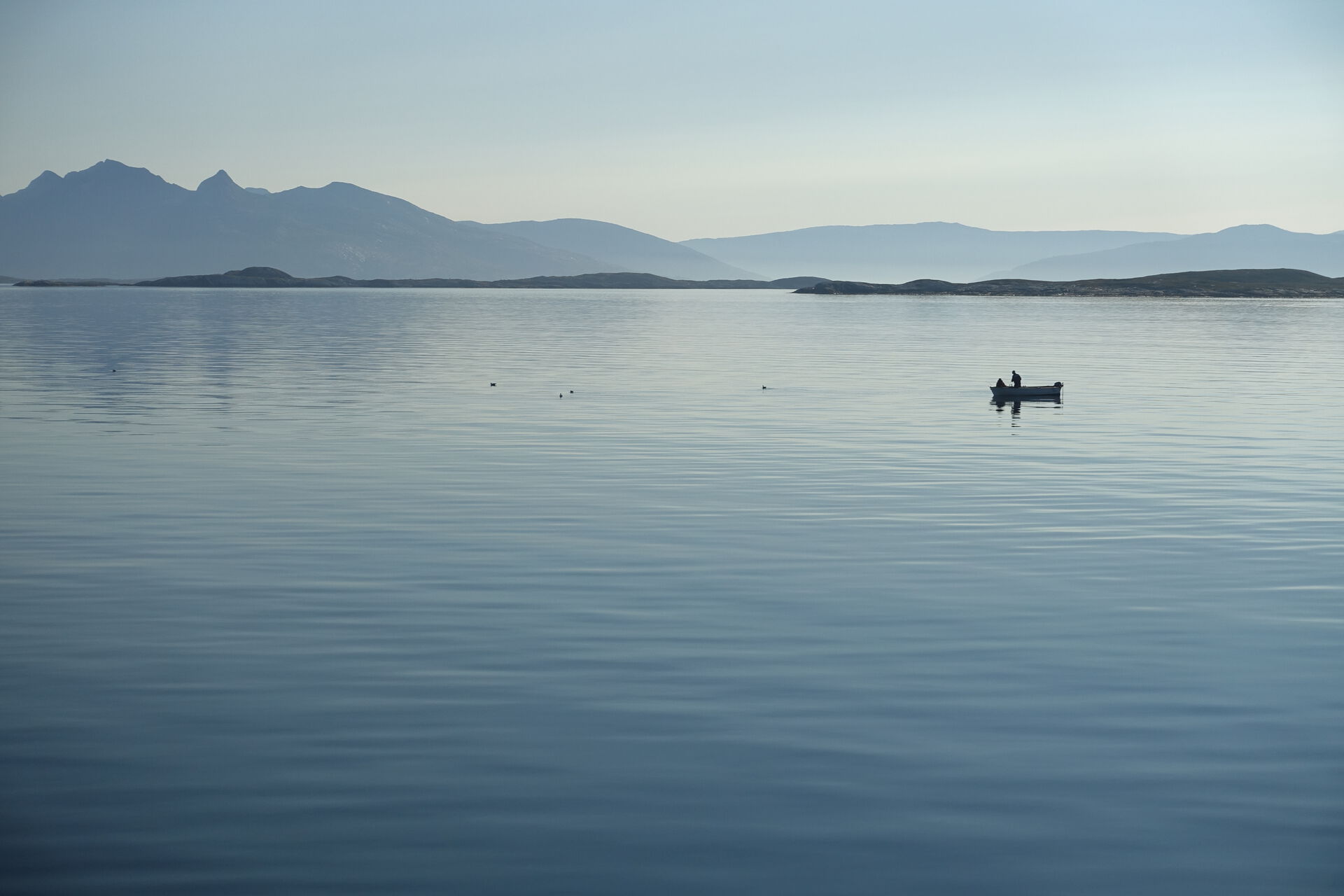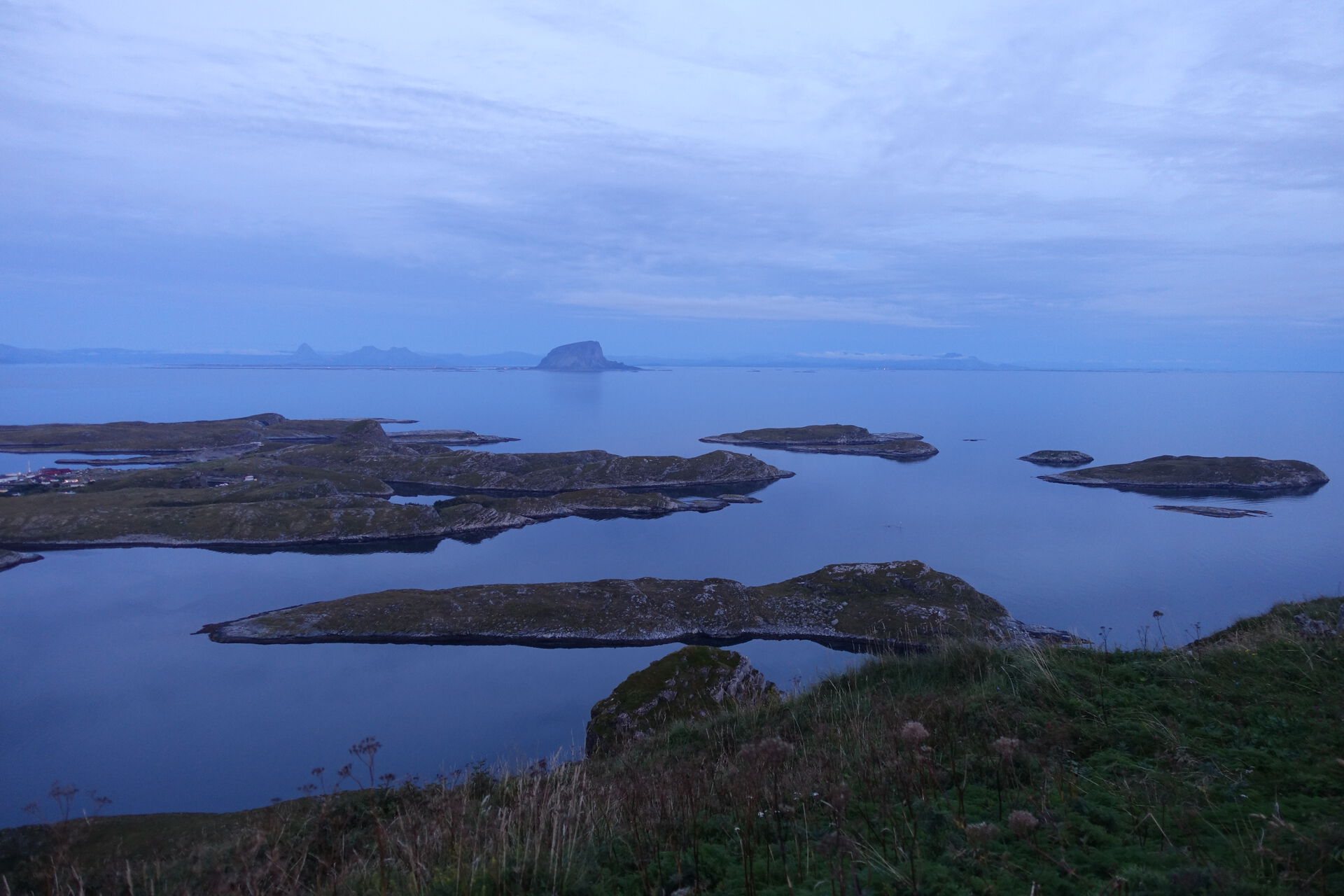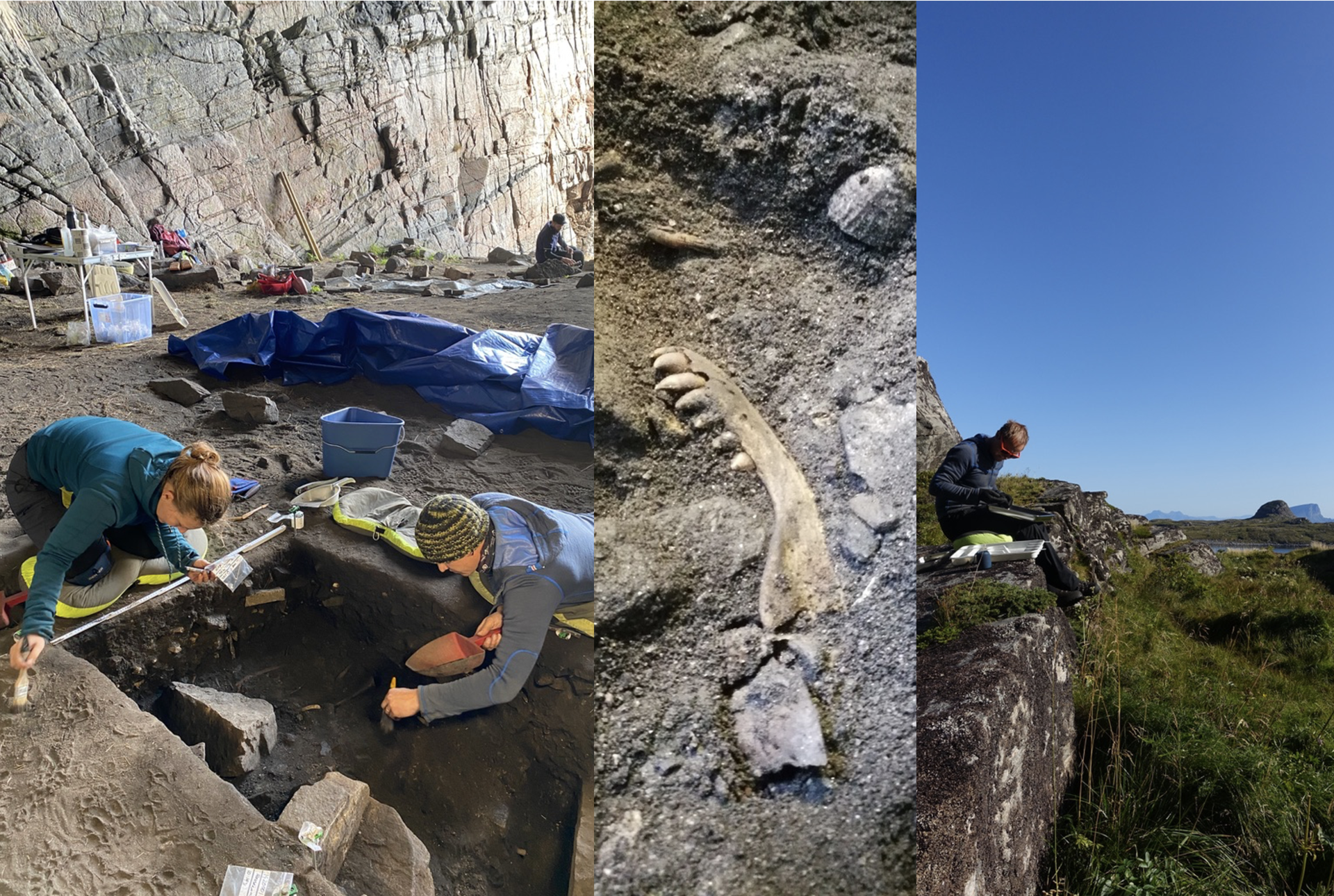We (Emma and Bastiaan) just spend a wonderful week in Træna helping Erlend Jørgensen with the ARCAVE excavation.
About ARCAVE
For thousands of years, humans have depended on marine ecosystems to provide food and raw materials. To keep relying on these resources in the future, the impacts of human activities must be understood and contained. The research project ARCAVE aims to provide a baseline of change for a North Atlantic coastal ecosystem, contributing to the historical perspective that is needed to determine the true magnitude of biodiversity loss and ecosystem changes.
Kirkhelleren
Kirkhelleren, the “cathedral cave”, is located on an island approximately 100 kilometers west of Mo i Rana. The large coastal cave contains rich stratigraphic deposits that likely span the entire Holocene. We found many many bones from marine mammals (mostly grey seals), birds and fish that we will analyze using ancient DNA.
While sieving we got to enjoy great weather, a spectacular environment and amazing company! We’ll be back next year!




